Mechanical level switches are distinct from non-mechanical utilities like ultrasonic level sensors, optical level switches and capacitance level sensors in that they are always meant to make direct, physical contact with the materials they are used to measure. There are many different mechanical level switch varieties. For example, float level switches, which are used primarily to measure liquid levels in storage enclosures, involve buoyant bulbs that raise and lower based on material levels. Read More…
Sierra`s Innova-Switch™ electronic instruments and devices represent the state-of-the-art in gaseous and liquid flow switching or liquid level control.
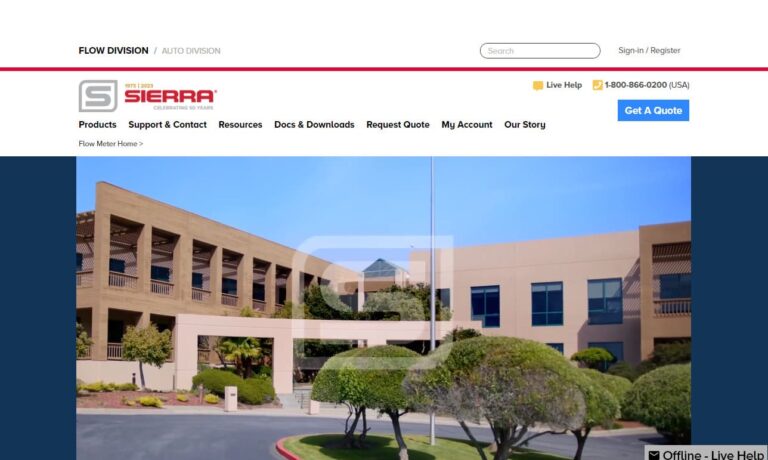
Distributing electronic tank level switches is the focus of our company. Let us solve your level gauging needs. We offer liquid level switches by Delavan, Omnitrol, Shand & Jurs and L&J Engineering. Some types include top mounted level switches, and liquid level switches offering alarm systems.
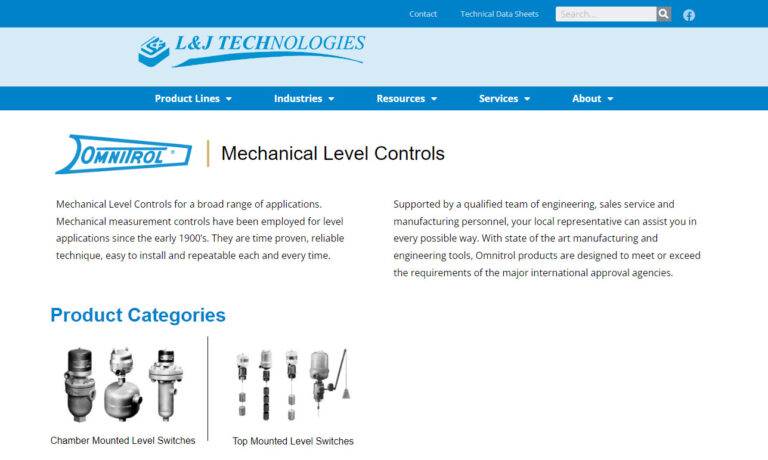
CME manufactures pressure switches, differential switches, level switches, vacuum switches, temperature switches and solid state pressure switches. CME serves a range of industries and markets with quality switches and related components. Call us today or visit our website for more information on our products and services.
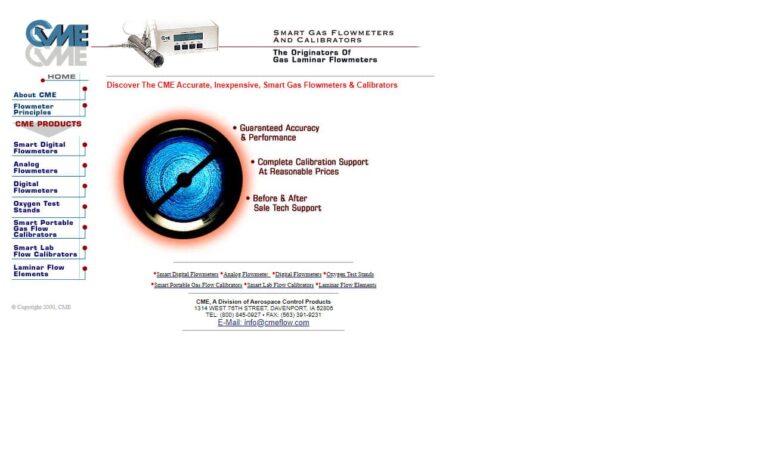
AMOT USA remains a ground-breaker in temperature and pressure sensing and control. We have pioneered quality components, including level switches, for nearing 60 years. Try our electric level switch, stainless steel pneumatic level valve and other mechanisms for a total engine solution. Other products include a line of pressure switches.
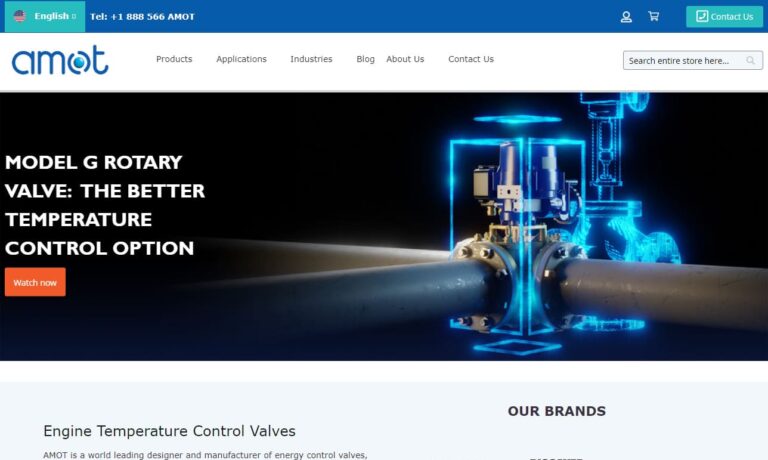
More Mechanical Level Switch Manufacturers
Paddle or rotary level switches transmit information about material levels when their rotation is interrupted by contact with the materials they measure. Such systems are simple, accurate tools that can be used in all kinds of contexts. Float level switches are widely used in wastewater treatment plants, agricultural settings, in fuel and other chemical storage systems in many other settings. Rotary and paddle level switches are employed in grain silos, road salt storage systems and in many other contexts in which bulk granular solids are stored. Displacer level switches are also mechanical, and they can be applied in a wide range of contexts.
All level control utilities, mechanical and non-mechanical, can be used for level sensing or for both sensing and control. The simplest level sensors only detect and report levels in an enclosure or transmission system. For example, a simple float level switch may involve only a moving part that changes position as it comes into contact with rising materials; if sufficiently displaced, the circuit in the switch closes, indicating that the material level has reached a certain point.
The same can be true of other simple mechanical level switches like paddle and rotary switches. More complicated systems involve both reporting equipment and control equipment. Once a level is measured in such systems, a signal can be sent to control equipment that prevents the level from rising further. Such systems are very valuable in liquid enclosures, because they can prevent overfilling or other problems. Mechanical level switches offer a few advantages over non-mechanical switches.
In terms of design and construction, they are often much simpler, which means that they can be less expensive and easier to replace. That said, non-mechanical level switches, which are usually not intended to come into direct contact with the materials they measure, are less likely to become damaged or degraded by the materials they measure precisely because they are isolated from them.

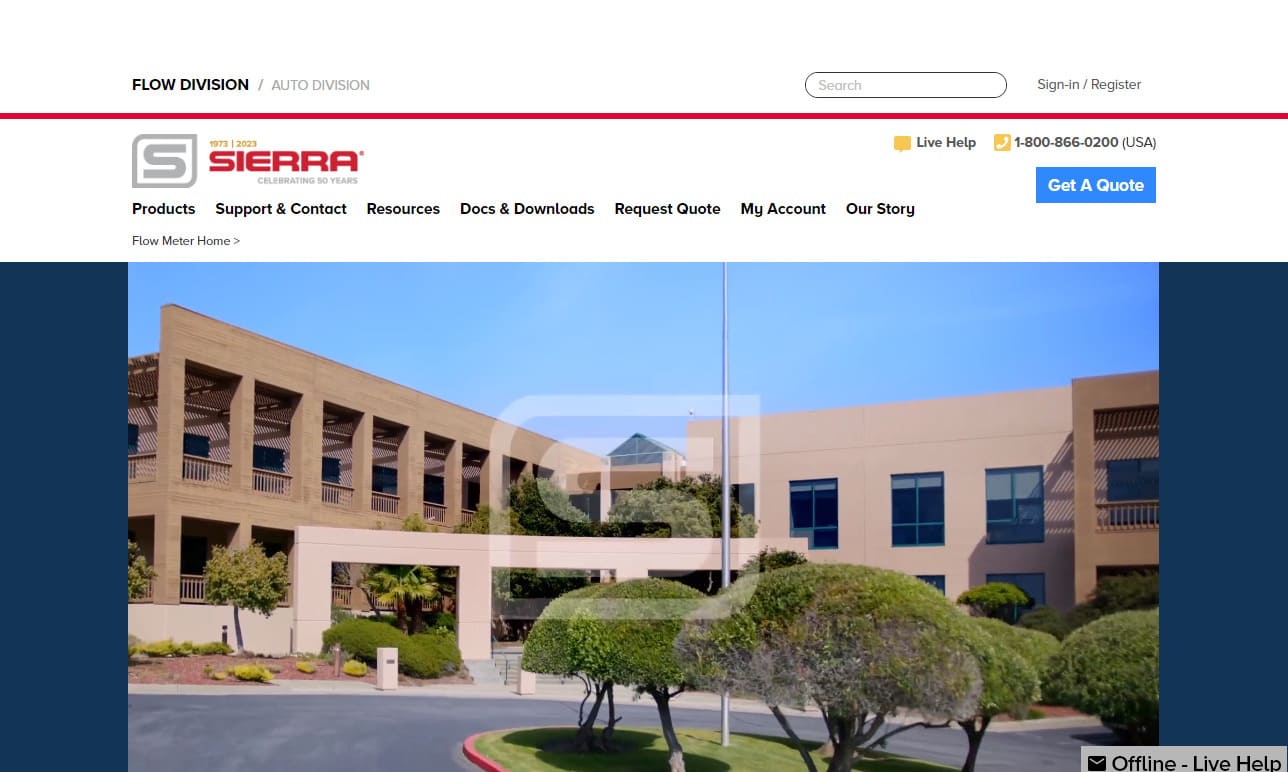
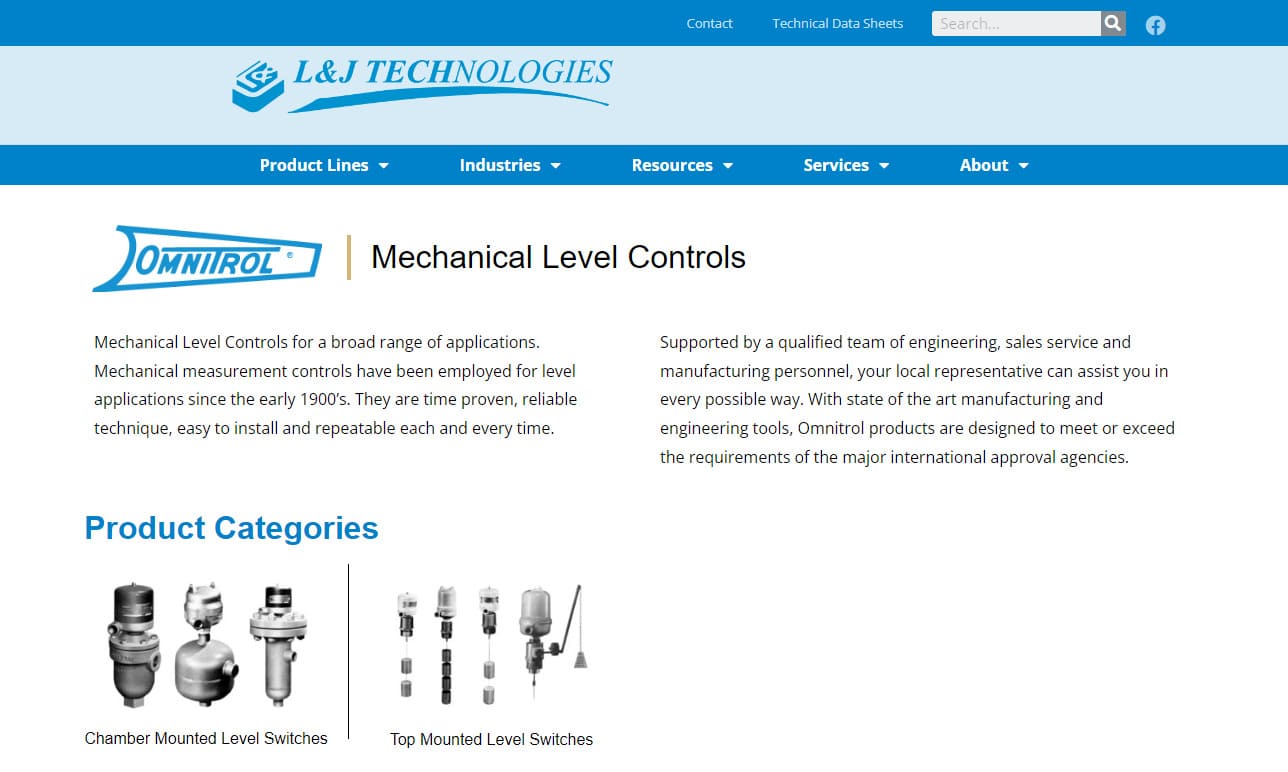
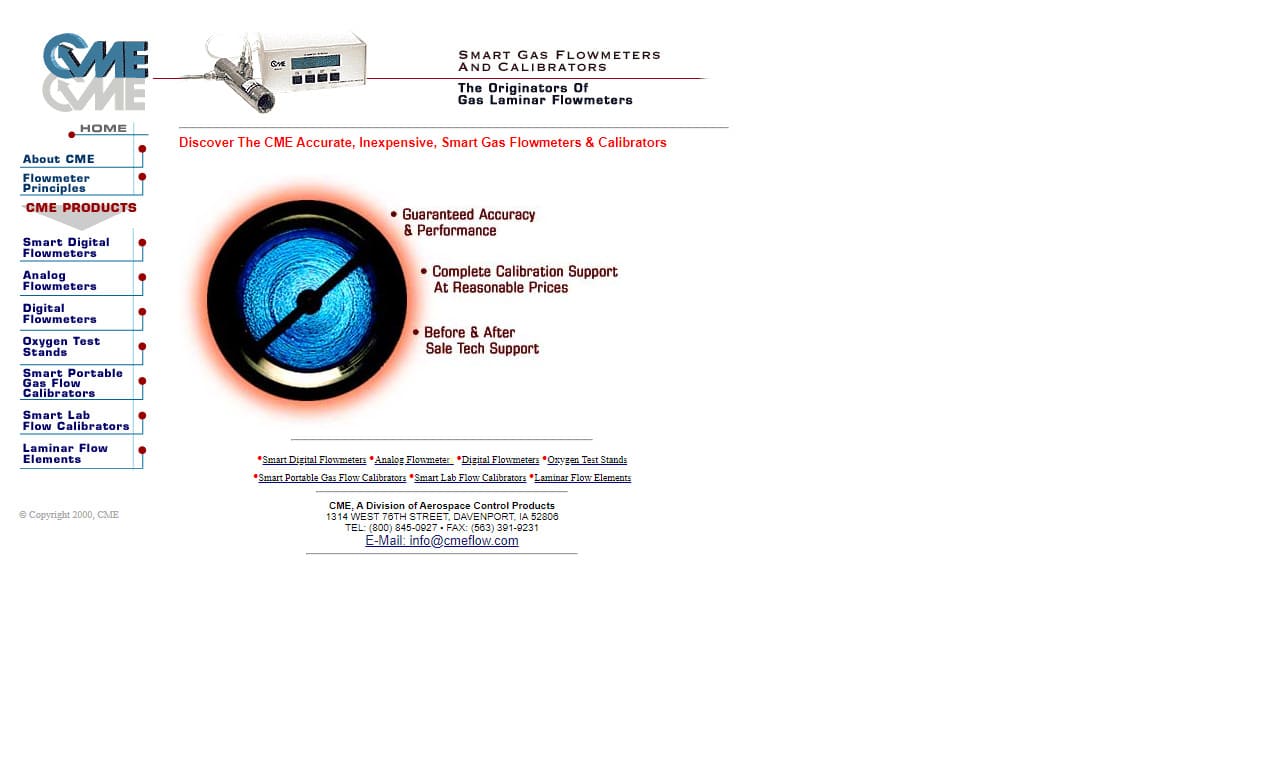
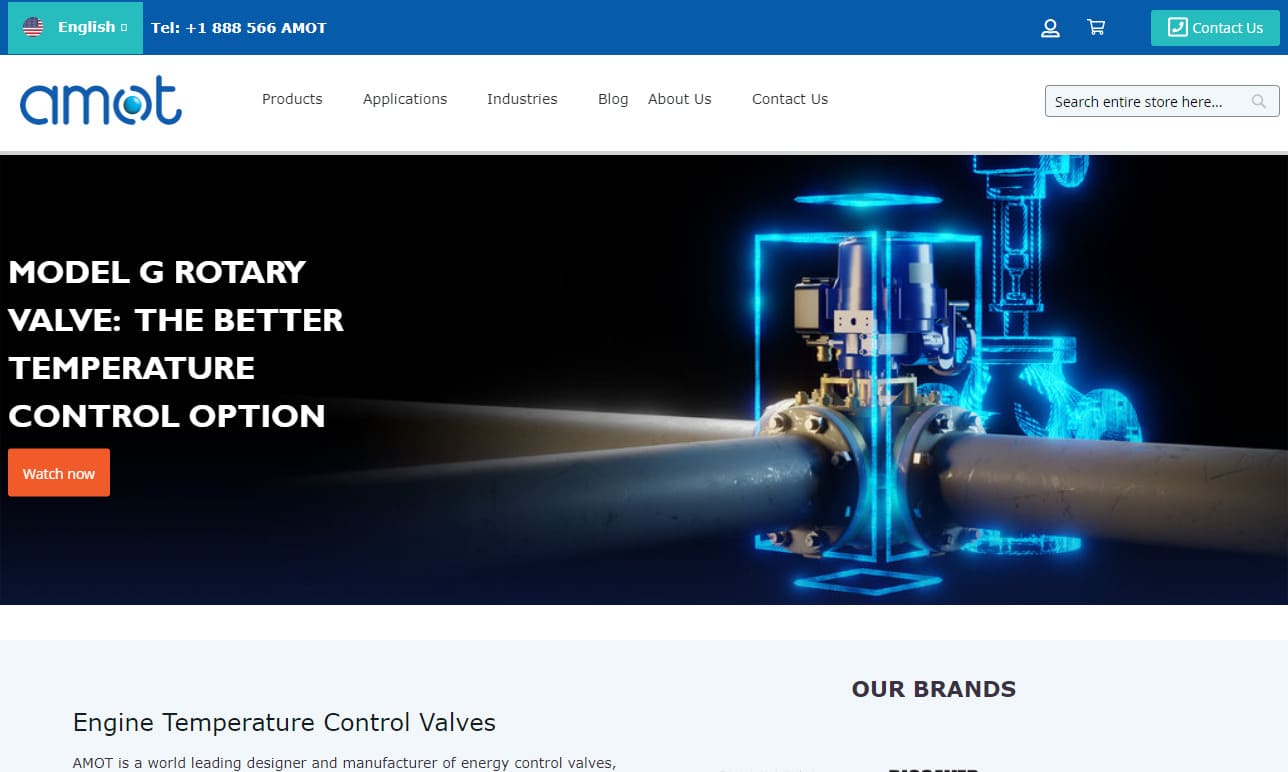
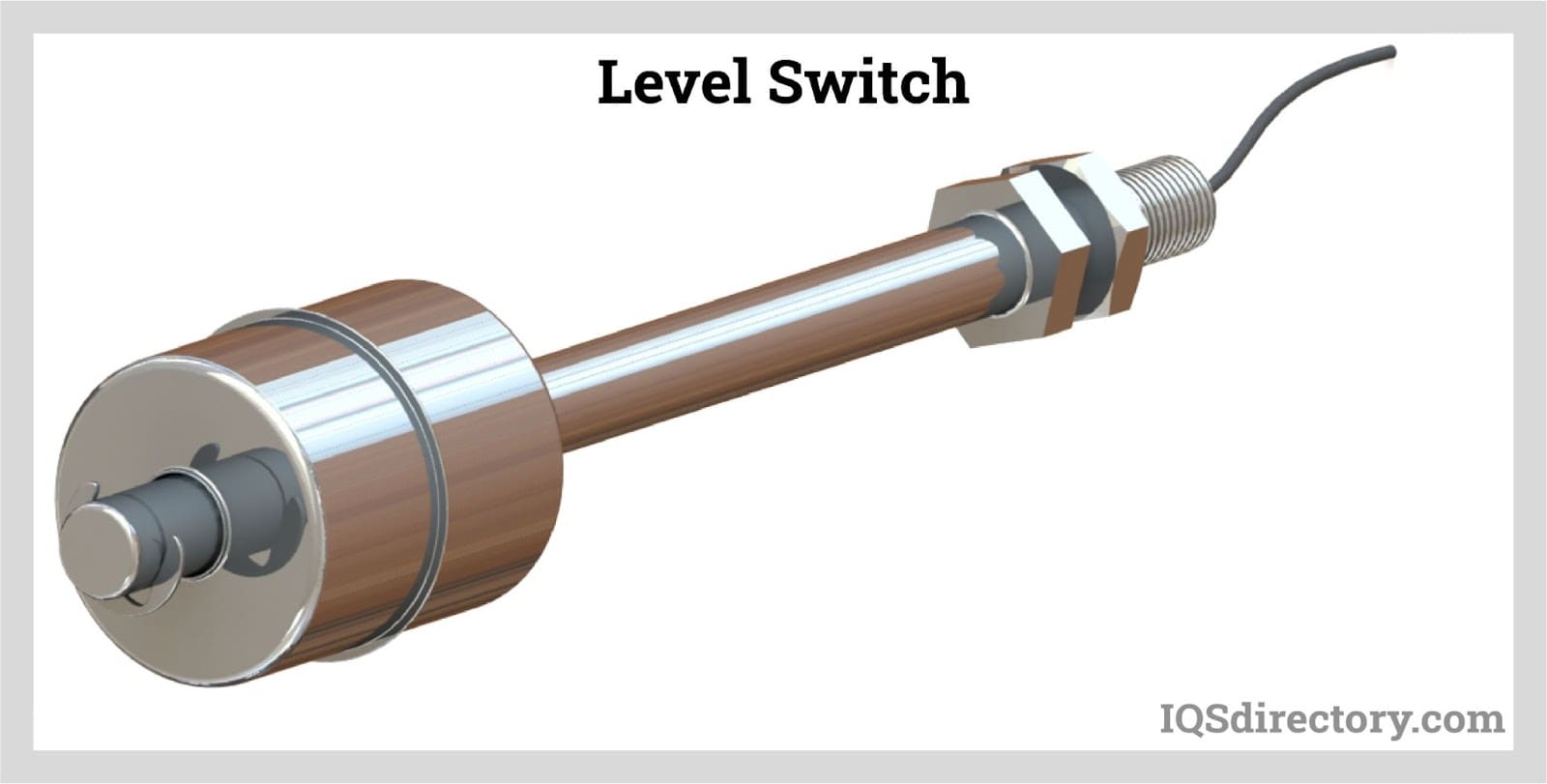
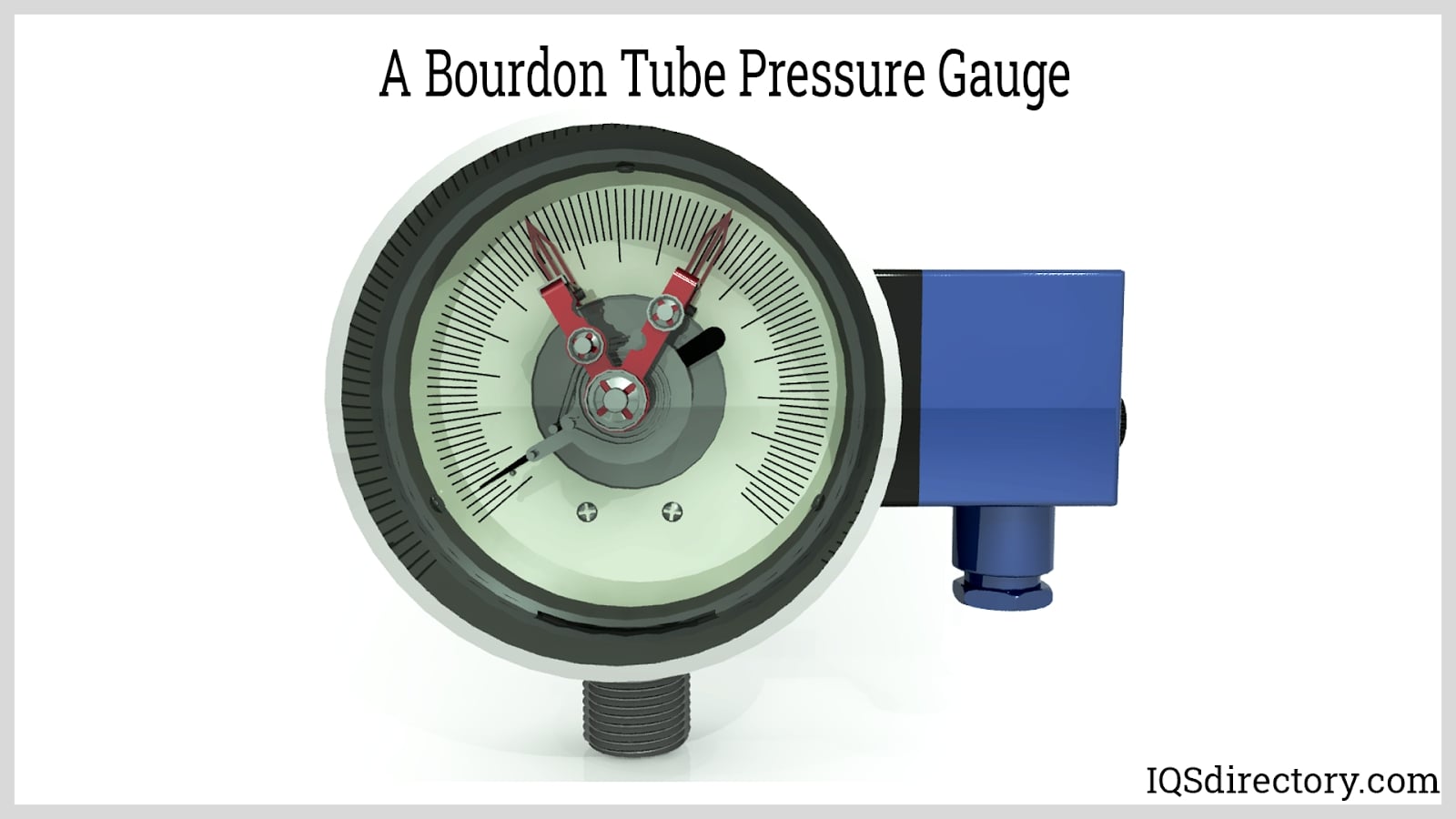
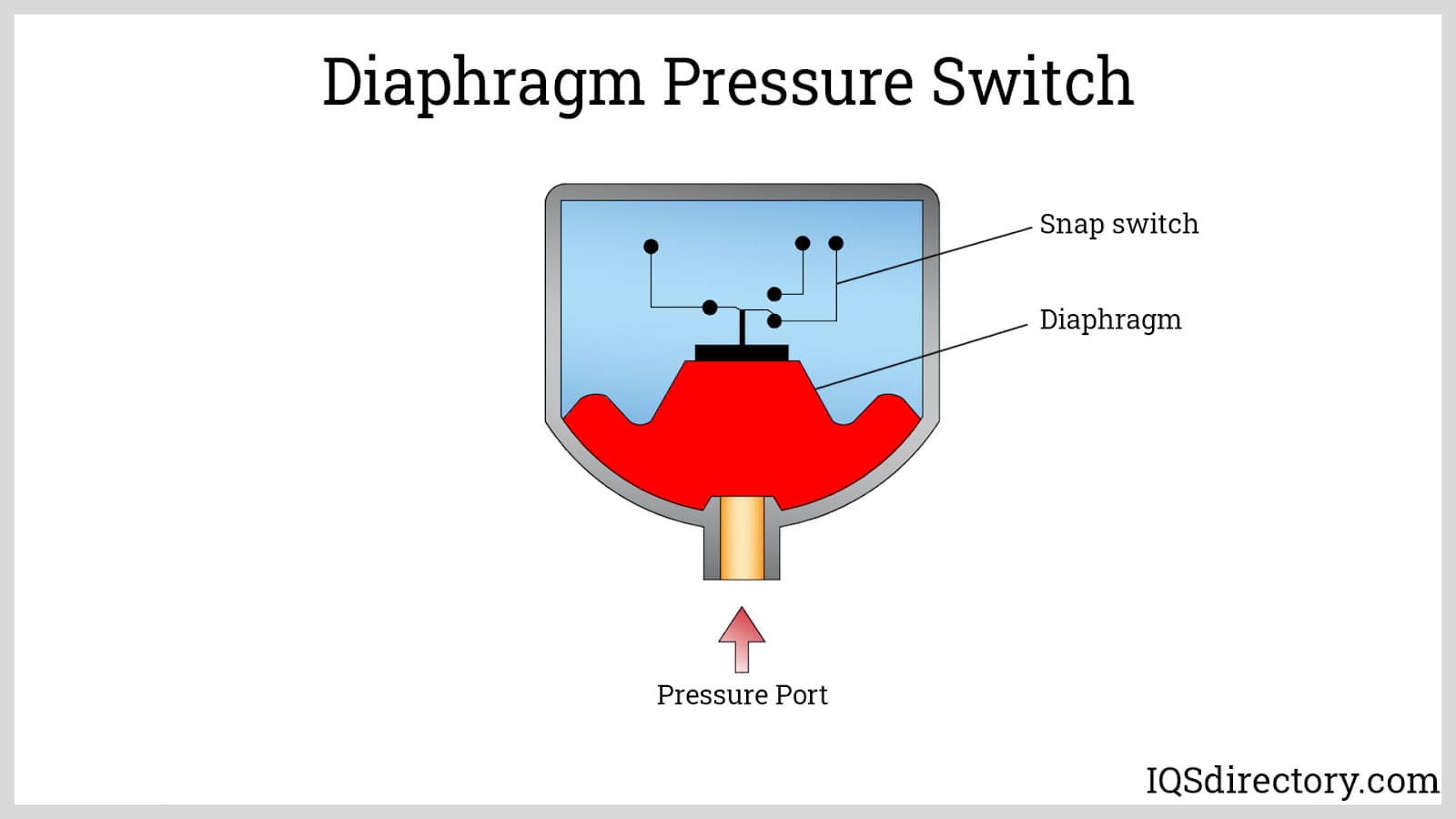
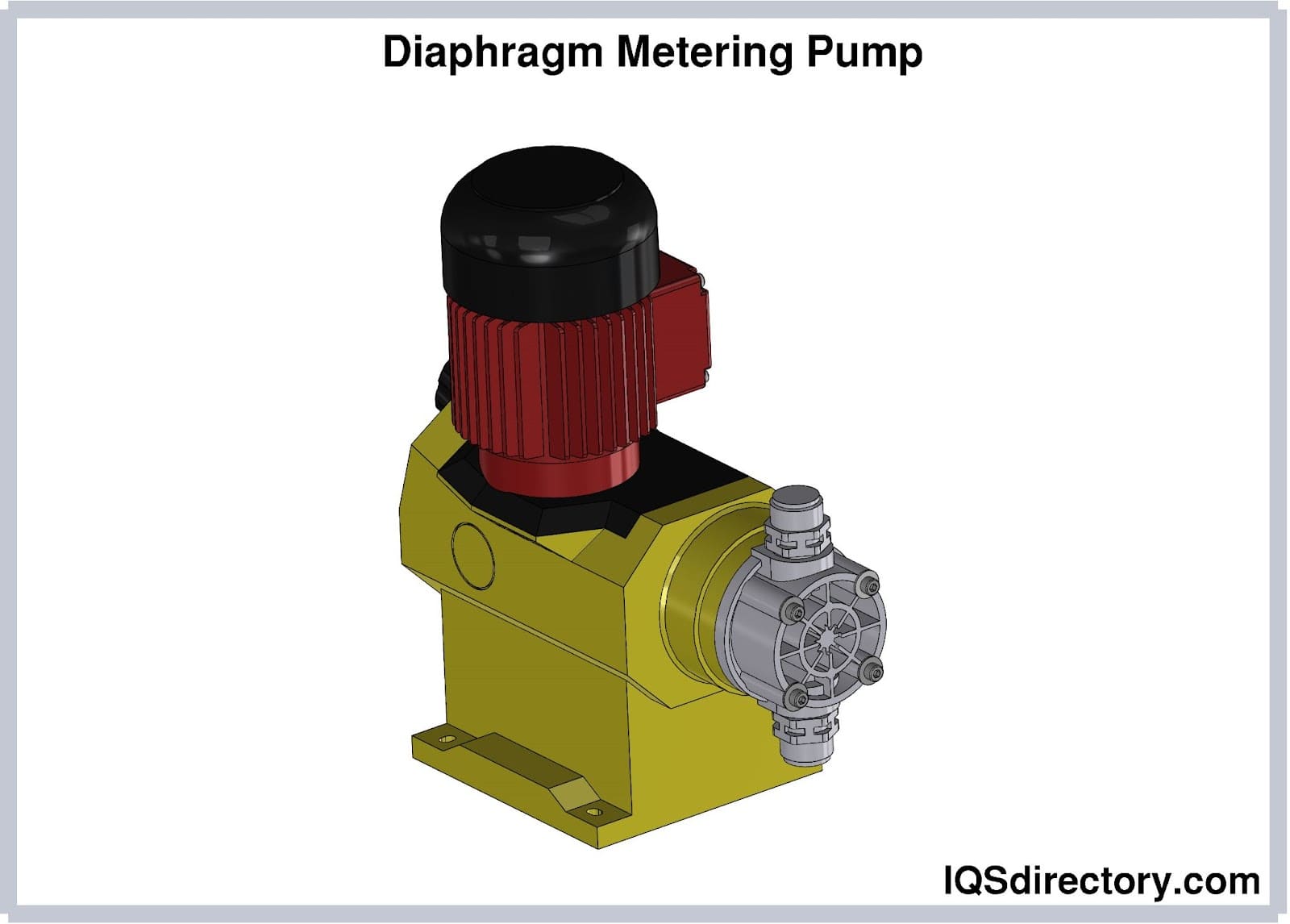
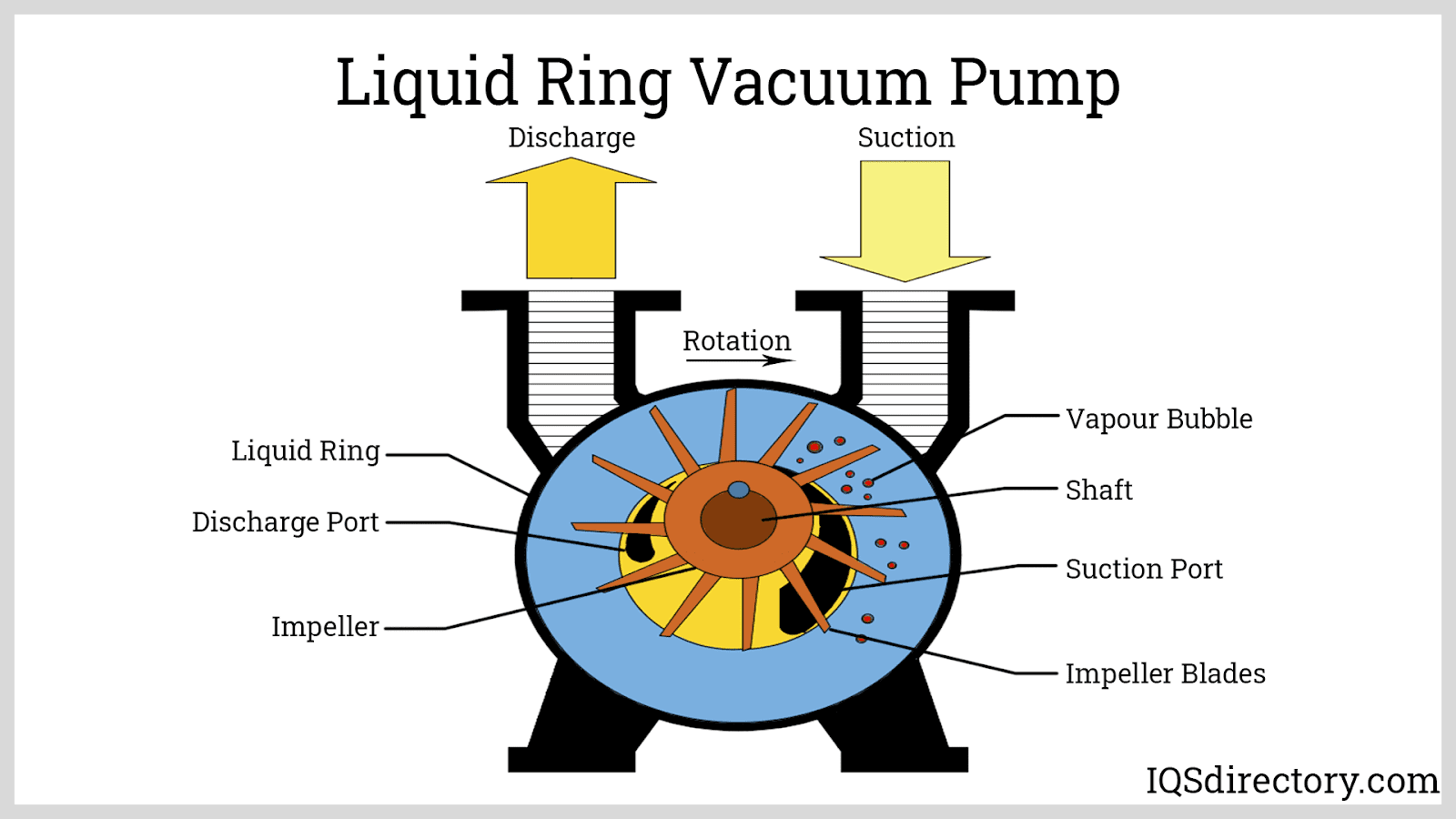
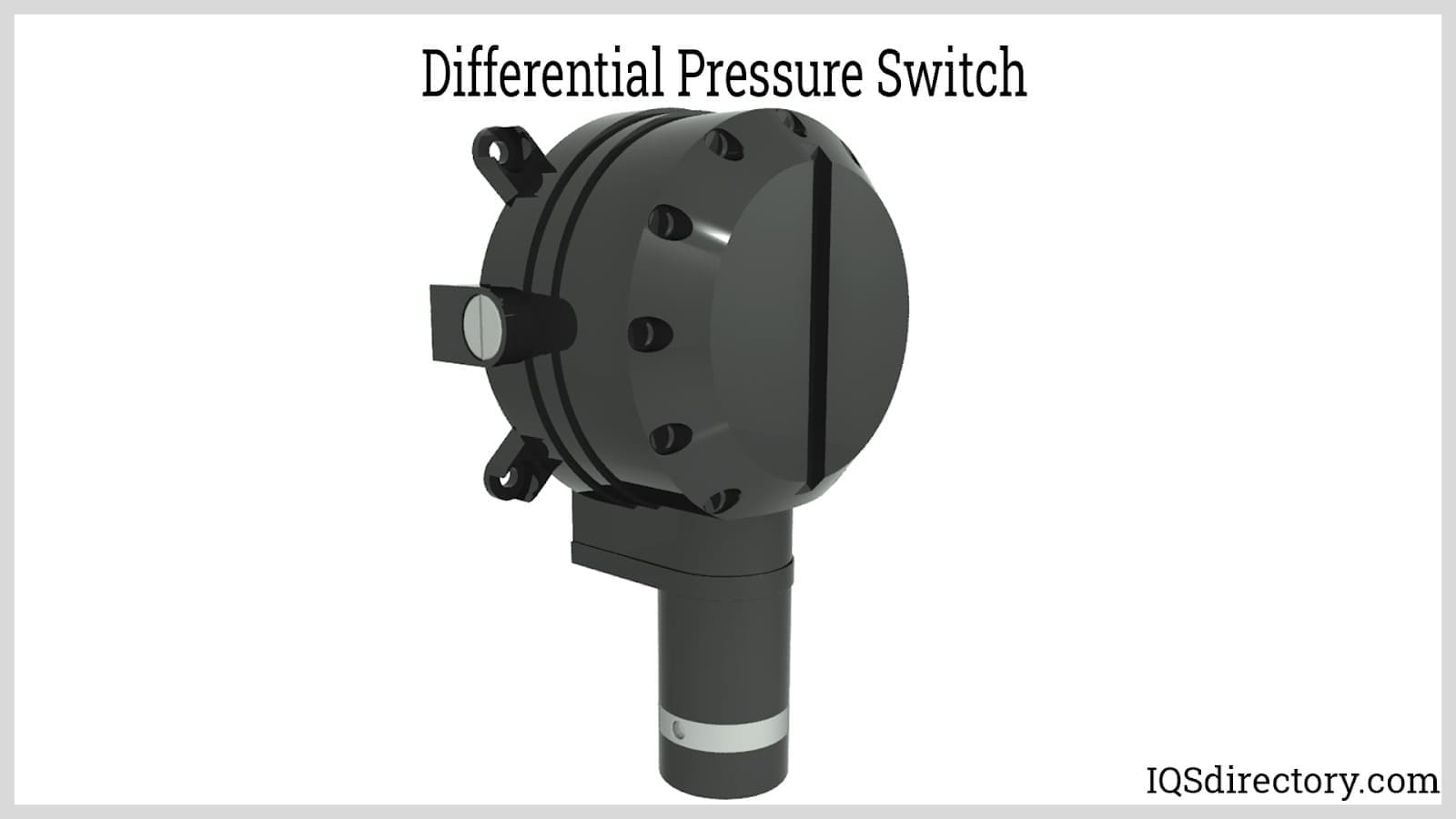
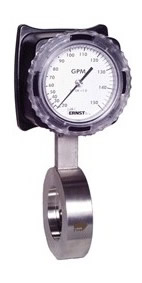 Flow Meters
Flow Meters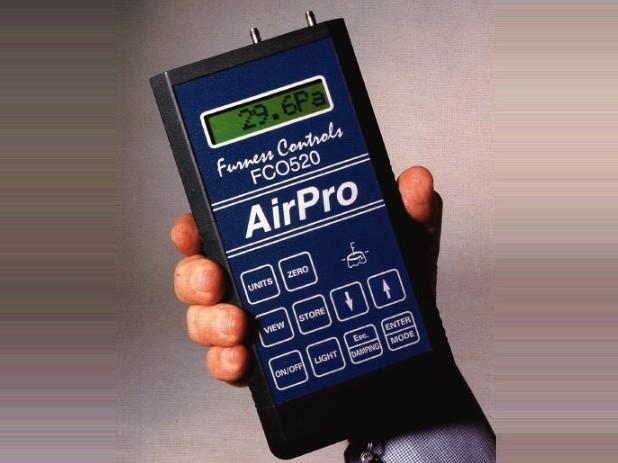 Leak Detectors
Leak Detectors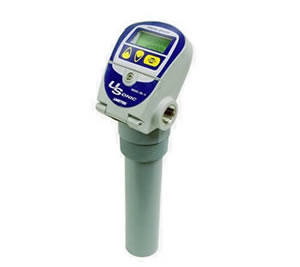 Level Switches
Level Switches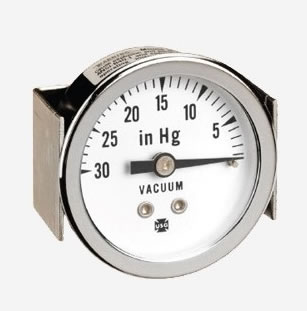 Pressure Gauges
Pressure Gauges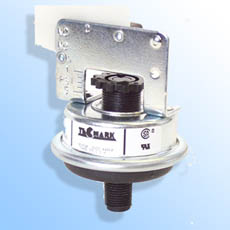 Pressure Switches
Pressure Switches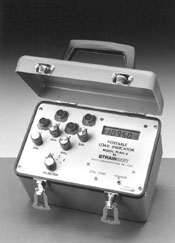 Pressure Transducers
Pressure Transducers Castings & Forgings
Castings & Forgings Bulk Material Handling
Bulk Material Handling Electrical & Electronic Components
Electrical & Electronic Components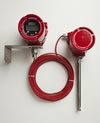 Flow Instrumentation
Flow Instrumentation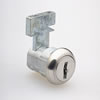 Hardware
Hardware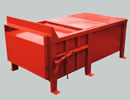 Material Handling Equipment
Material Handling Equipment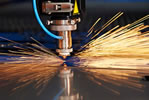 Metal Cutting Services
Metal Cutting Services Metal Forming Services
Metal Forming Services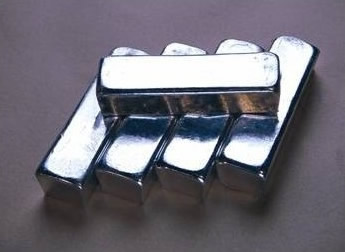 Metal Suppliers
Metal Suppliers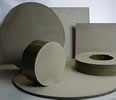 Motion Control Products
Motion Control Products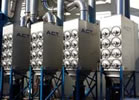 Plant & Facility Equipment
Plant & Facility Equipment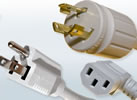 Plant & Facility Supplies
Plant & Facility Supplies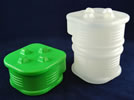 Plastic Molding Processes
Plastic Molding Processes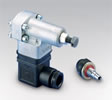 Pumps & Valves
Pumps & Valves Recycling Equipment
Recycling Equipment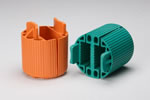 Rubber Products & Services
Rubber Products & Services